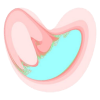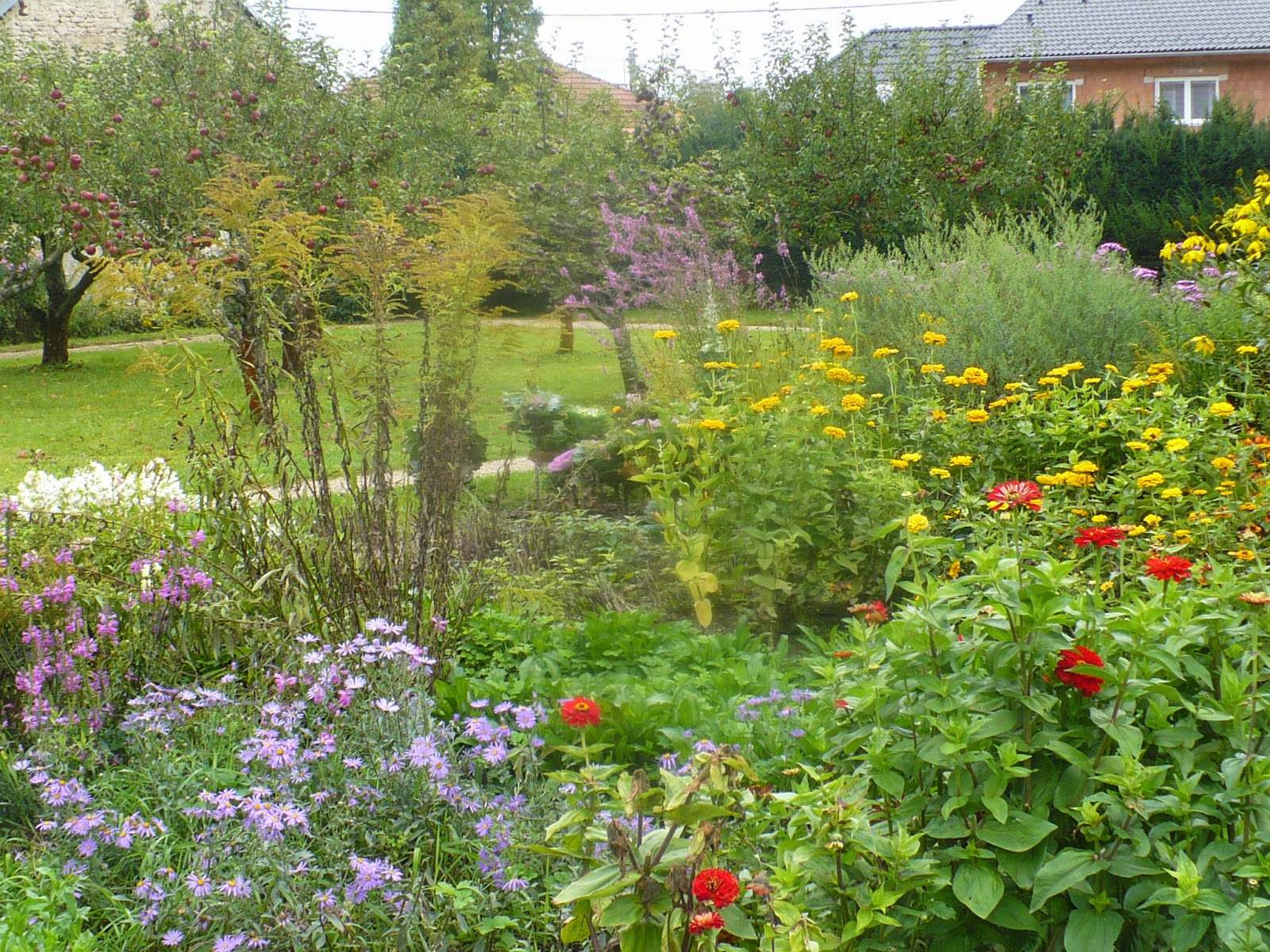Lysice
Description: Chateau with unusual objects of daily use, unique chateau garden, in a beautiful countryside.
Keywords: Chateau, chateau garden, colonnade, Renaissance, Baroque, weapons collection, chateau chapel, Chinese art, Japanese armour.
Distance from a city: About 50 km to the North-West from Brno, about 200 km to the South-East from Prague.
Transport, level of difficulty, orientation: This trip is best for situations when you want to visit a beautiful old place but aren’t able to walk far, or don’t feel well, or the weather isn’t very good. It doesn’t involve much walking and the orientation is simple.
You can get here by train and coach. Use www.idos.cz to find out which train and coach to take (see the article Travelling by train here). Trains run every hour, coaches every hour or every two hours. Go by train to Skalice nad Svitavou, then use the bridge over the platforms to get outside the railway station. (If it happened that you needed to stay in this railway station for some time, the ticket office and the waiting room with vending machines are behind an inconspicuous-looking door with a “Vestibul” sign.)
The bus stop is on the opposite side of the road from the railway station, and your line number is 257. Don't be misled if the coach is very small. The transport company has started to use small vehicles for less frequented lines. Say “Lysice” to the driver (pronounced “Lissitseh”) and the ticket machine will show you the price. It was 20 CZK when we went there. See what the driver does—some drivers are very particular about handing the tickets to the passengers themselves, some, on the other hand, are very particular about the passenger taking the tickets from the machines themselves. So just wait a second or two and if he doesn't give you the ticket, take it yourselves.
Your best bet is to sit on the right-hand side of the coach because then you can see the white signs saying which village you’re entering. Wait for the sign “Lysice” but if the coach stops immediately after that, don’t get off—there’re several stops in the town and the first one (called “Lysice, škola”) is too far from the chateau. The coach stops there sometimes, sometimes not. Wait for it to go downhill to what obviously is the town’s centre. The name of the stop is “Lysice, pohostinství”.
You can see the chateau steeple from the bus stop. Just follow the stream that runs across the town.
Beware, the entrance to the chateau can be easily missed—the front building probably used to be a stable and looks quite ordinary. Look for a broad gate with a small, but important-looking sign. If you peek through the gate and can see the chateau—well, here you are.
There are several tours possible in the chateau—the first one, as usual, is in the representation part, with all sorts of salons, a dining room, the armoury and the chapel. The second one is in the gentry’s bedrooms.
Don’t go here on a Saturday!—the website says the chateau is usually booked for weddings on Saturdays.
Time required: If you go from Brno, it’s an easy afternoon trip—it requires about 5–7 hours, depending on how long you want to walk in the garden. If you go from Prague, it’s a one-day trip.
Suitability for handicapped people: Good. The mentally handicapped needn’t go to the chateau interiors tour and still enjoy the interesting gardens; those on wheelchairs can go to the chateau interiors tour because there’s a lift for wheelchairs—quite a rarity when it comes to Czech chateaus. I’ve heard some chateaus organize tours for the visually impaired, too, but I forgot to ask whether this is the case with Lysice.
Suitability for children: say, 40% :-) The chateau tour is shorter than in other chateaus, only 45–50 min., and the rooms are small so there’s something new to look at all the time. Plus, there are some interesting objects of daily use, as I mentioned, so the tour isn’t very boring. But—still, it’s a chateau tour where they’re supposed to be quiet and walk slowly. The garden is suitable for children, though, with its many levels and mysterious corners to explore.
Facilities: Prepare a 5 CZK coin for the toilet. (If you don’t have one
with you, the slot-machine that lets you in also accepts 1 and 2 CZK
coins :-) ). The ticket office is spacious. If there’re more people
you’re supposed to form a queue that goes from the right to the left
(along the counter). There’re benches everywhere.
There isn’t a restaurant in the chateau, only a nice café where you can sip
coffee and eat a cake in the chateau courtyard. There are some restaurants
in the town but I can’t promise they’ll be open Sunday evening.
You can buy postcards and booklets in the ticket office, plus there is a souvenir shop in the entrance to the garden.
Languages: The chateau is too off-the-beaten-track to offer interiors tours in foreign languages. But it has a recorded “Audio guide” in English in every room. Arrange in the ticket office for such tour.
Website: www.zameklysice.cz
𝔍’d known about the existence of Lysice for a long time from pictures in various chateaus lists, and also from a TV series (if anyone was interested, it’s the series Četnické humoresky, episode 4—Beáta). It looked like a small manor house with a long and narrow garden. I’d wanted to visit it for a long time, thinking it’d be a small, cute place. Well… I was proved wrong.
First of all, it isn’t in a village as I thought—Lysice is a town. Or rather, Lysice are a town because the word is perceived as plural form in Czech. Furthermore, the chateau is quite impressive with its tall white walls, two courtyards and four gardens. And the aristocratic families that occupied it were apparently far from being narrow-minded regional gentry. One of them founded the first children’s hospital in the eastern part of the country, another one—countess von Eschenbach—gained fame as a poet in Austria, another one was a naval officer who travelled around the world.
We were, of course, shown the chateau interiors by a guide, as is the usual practice in the CzR. My sister had the great idea that I could make notes of the most interesting things the guide told and showed us. Here’s what I scribbled down:
- colourful, but not too striking, tasteful interiors
- Doric, Ionic and Corinthian pillars
- gold and silver ceiling
- Eschenbach: Ode to a Cigarette (a poem written in praise of cigarettes… by a non-smoker :-) )
- chateau theatre, burned down, the biggest collection of costumes in the area, used also by theatres in Vienna
- Classicist salon
- beginning of the 19th century—local landlord founded a factory for making wires, nails and screws. Went bankrupt later, turned into a lace factory, still working
- „husband whistle“ (This requires an explanation. The lady of the manor didn’t share a bedroom with her husband—he had his own bedroom upstairs, connected with her bedroom by a staircase. This staircase was so narrow that the lady, in her broad 18th century skirts, wouldn’t fit in. So, whenever she felt like meeting her husband, she blew into a special pipe in the wall that worked similarly to an organ pipe. Her husband heard the whistle and came down the stairs. (She also had a similar pipe-whistle-whatever for calling her servant girl.) Imagine the quarrells back then? „What's the matter with you, darling? I whistled for you yesterday, but you didn’t come!“)
- Captain’s bridge in library
- Japanese armour and sword, Chinese aquarium
- 13th century sword, Prussian helmets, sword with the blade of saw-fish
I must confess Lysice instantly captured my heart and made it to my TOP FIVE chateaus list. Not just because of the unusual objects listed above but also because of (in no particular order) the very nice and helpful staff, not-crowdedness, Renaissance elements (yep, Renaissance is my favourite style!) and white colour (yep again, white is my favourite colour when it comes to chateaus! :-) ). And being amazingly photogenic, and having several terrace gardens, a colonnade—the only chateau colonnade in the CzR on the top of which you can walk! I understood the garden area is unique in several ways—the colonnade, the preservation of Renaissance terrace gardens system, and the way the moat is made into a pond and incorporated into it.
Another reason is probably the fact that I hadn’t been able to travel anywhere for most of this year. Try spending many months in an industrial area in Prague and/or in the centre of Brno, then go to Lysice. I almost cried when I smelt the fresh air, saw the giant red apples on the trees, the neat Moravian villages, the birthday wishes on village noticeboards. And the ultimate Czech countryside here!—the hills chequered with small green meadows, small yellow fields, apple-tree alleys, dark forests and red roofs of villages. And the tiny modern coach going fast on narrow winding roads, with a sign saying „Free Wi-fi Area“ and with an electronic display showing the names of stops, while the driver is discussing this year’s wine crop with the passengers in the local dialect. Apparently, the taste’s not going to be good because it’s been raining too much.
But what am I going on for? Seventeen pictures are worth a thousand words. Especially when it comes to Lysice. Me and my sister nearly ran out of camera batteries, and we had two to spare!
On our way to the chateau. This is a local flower shop, a distillery and a blacksmith’s.
The moat made into a decorative pond. The two white spots in the centre are swans.
The lowest of the terrace gardens used to be a kitchen garden. It still has bee-hives (the small shed in the background)…
… and apart from the usual decorative flowers, it still grows apples and lettuce.
Some of the intriguing corners I mentioned…
Statues of dwarves with various tools and instruments. The first one from the right is holding a scythe.
A 17th century sign on the wall of Sala Terrena which I understood
to be a summer pavillion and a greenhouse. I think it’s in German.
And… yes, the chateau being less popular with tourists, parts of it are
still not reconstructed. But in this case, it serves to make it more mysterious.
The colonnade on top of which you can walk.
And some views from the top of it.
- Log in to post comments


















